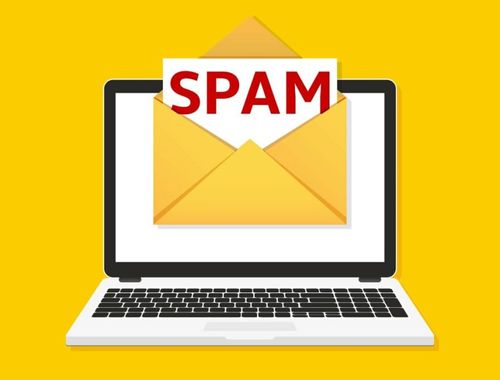In the world of email marketing, the path from your outbox to your audience's inbox can be fraught with obstacles, with the most daunting being the spam folder. This digital limbo can capture your carefully crafted messages, drastically reducing their impact. Mastering email deliverability is crucial to ensure your emails reach their intended destination. This article provides practical strategies to help you navigate the challenges of email deliverability and avoid the dreaded spam folder.
1. Cultivating a Strong Sender Reputation
Your sender reputation is a critical factor in email deliverability. Internet Service Providers (ISPs) and Email Service Providers (ESPs) judge your credibility based on this reputation. To maintain a positive reputation:
- Consistently send quality content.
- Avoid sudden spikes in email volume.
- Regularly clean your email list to minimize bounces.
2. Understanding and Implementing Email Authentication Protocols
Email authentication is essential to prove that your emails come from a legitimate source. Implementing protocols like SPF (Sender Policy Framework), DKIM (DomainKeys Identified Mail), and DMARC (Domain-based Message Authentication, Reporting & Conformance) can significantly improve your deliverability by authenticating your emails and protecting against spoofing.
3. Crafting Quality Content
The content of your email plays a significant role in avoiding spam filters. To create content that resonates and avoids being flagged:
- Avoid using spam-trigger words like 'free', 'guarantee', or excessive punctuation.
- Balance the text-to-image ratio; too many images can trigger spam filters.
- Ensure your content provides value and is relevant to your audience.
4. Managing Your Email List Effectively
A well-maintained email list is a cornerstone of successful email deliverability. Regularly clean your list by removing inactive subscribers and ensuring you have explicit permission to email contacts. This not only improves engagement rates but also reduces the chance of being marked as spam.
5. Encouraging Engagement
User engagement is a strong signal to ISPs that your emails are welcomed. Encourage your subscribers to interact with your emails by:
- Personalizing your content to make it more relevant.
- Creating compelling subject lines.
- Including clear and attractive calls-to-action.
6. Monitoring Email Metrics
Keep a close eye on metrics such as open rates, click-through rates, and bounce rates. These metrics provide insights into your email performance and help identify areas for improvement.
7. Testing and Optimizing
Regularly test different aspects of your email campaigns, including subject lines, content, and send times. Utilize A/B testing to see what works best with your audience and continuously optimize based on your findings.
Conclusion
Navigating the complex landscape of email deliverability requires a multifaceted approach. By focusing on building a strong sender reputation, implementing robust authentication protocols, creating quality content, managing your email list effectively, fostering user engagement, monitoring key metrics, and continuously optimizing your strategy, you can ensure your emails reach their intended inboxes and not the dreaded spam folder.
Key Takeaway
Email deliverability is not just a technical challenge but a continuous journey of building trust and relevance with your audience. By adhering to these best practices, you can enhance the effectiveness of your email campaigns and foster stronger connections with your audience.



